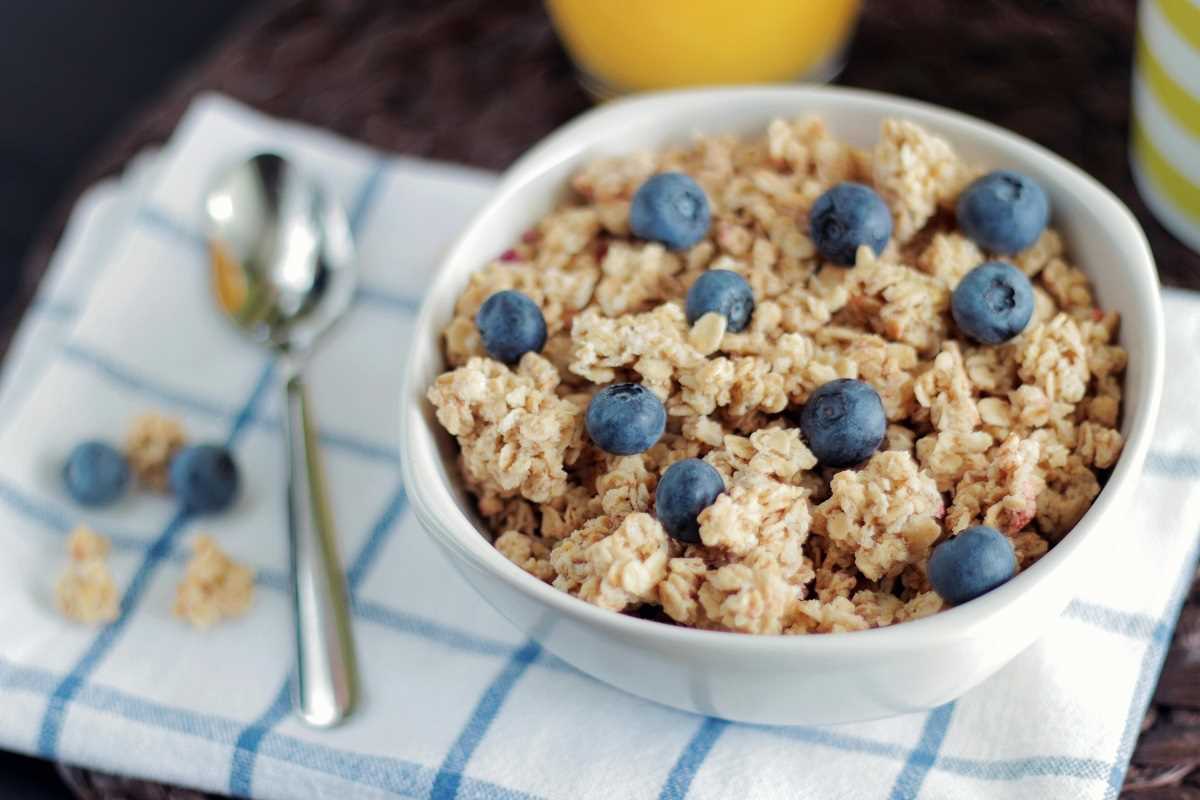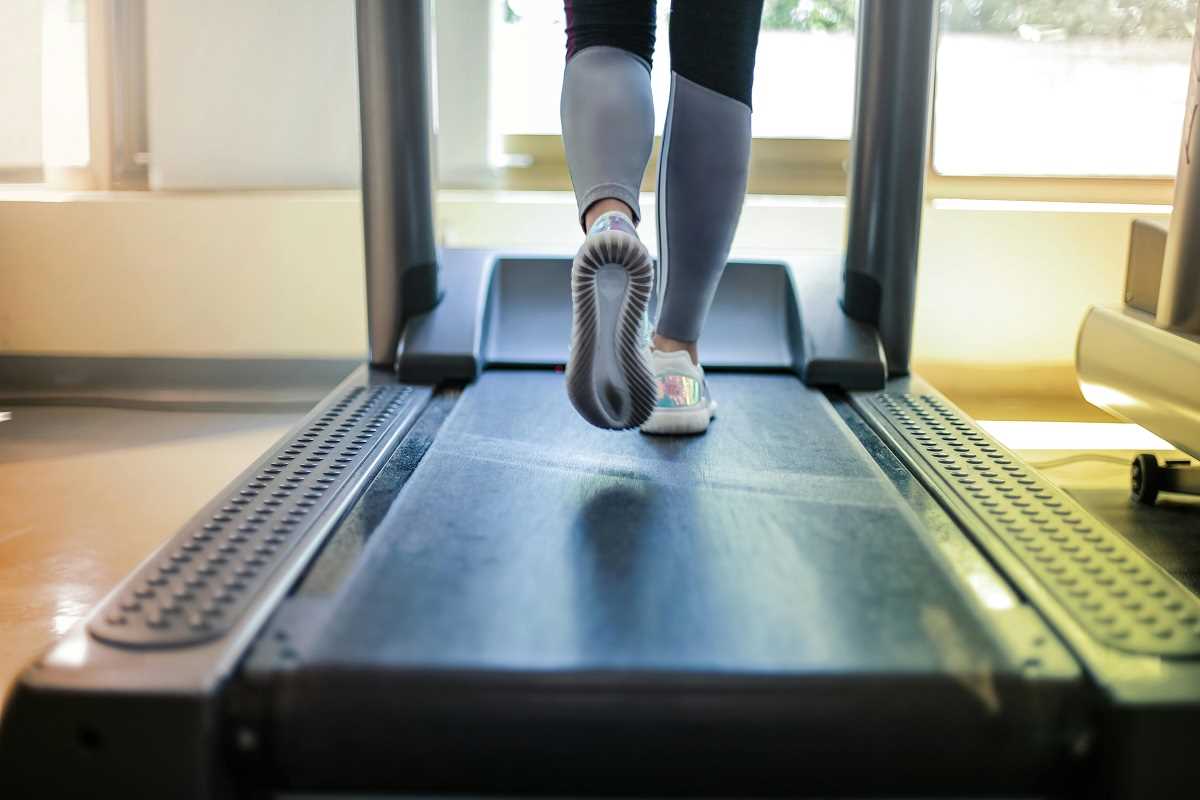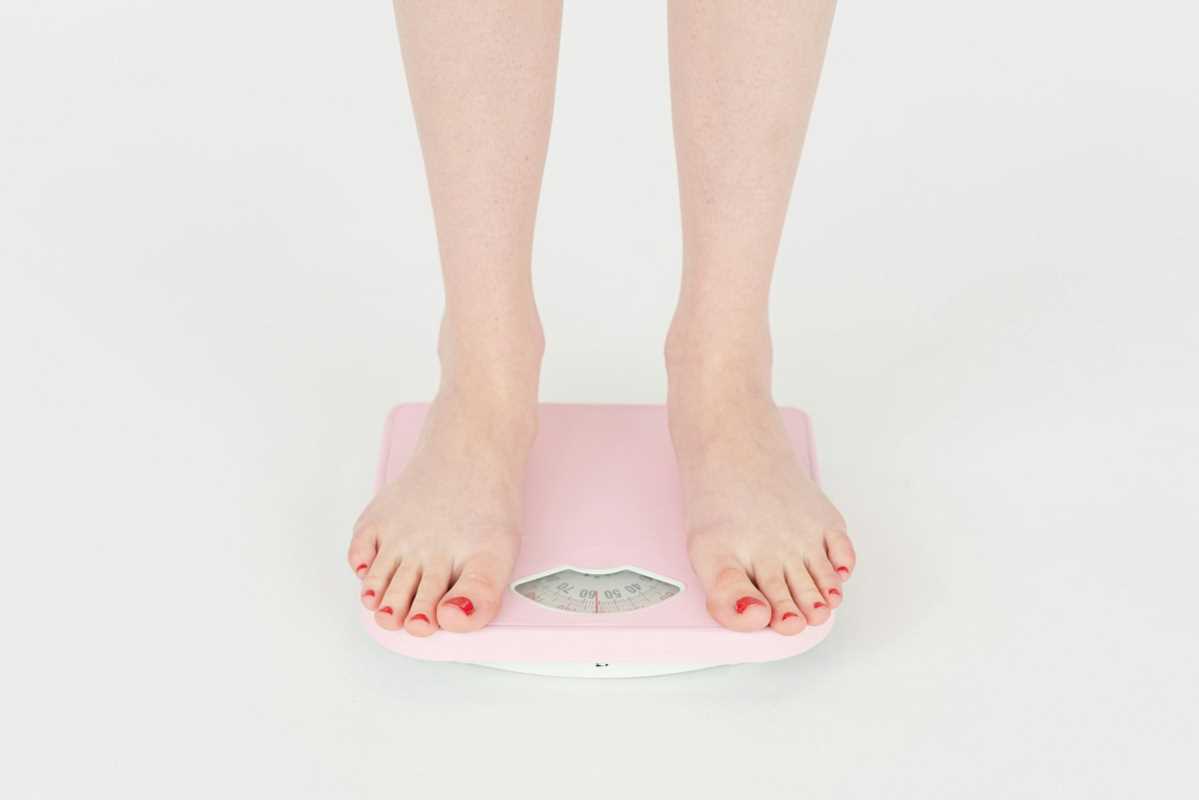If you’ve been searching for a way to shed extra pounds without dealing with grueling gym sessions or repetitive workout routines, yoga might be your golden ticket. While traditionally associated with relaxation, balance, and mindfulness, a regular yoga practice can also have a profound impact on weight loss and overall health. The best part? You don’t need prior experience or flexibility to start reaping the benefits.
This guide will explain, in detail, how yoga promotes weight loss, provides a beginner-friendly roadmap, and explores additional factors, like hormonal balance and better sleep, that amplify results. By the end, you’ll see why yoga is much more than a fitness trend—it’s a lifestyle change.
How Does Yoga Help You Lose Weight?
Yoga works in subtle yet powerful ways to support weight loss by addressing physical, emotional, and mental aspects of well-being. Here’s how yoga can help you meet your goals:
1. Burns Calories (Yes, Really!)
Although yoga is not as calorie-intensive as running or HIIT workouts, it absolutely burns calories. And depending on the style of yoga, it can range from gentle burning to full-on cardio. For example:
- Vinyasa Yoga focuses on flowing sequences that keep your heart rate elevated.
- Power Yoga builds intensity with strength movements while maintaining aerobic benefits.
- Hot Yoga, like Bikram, is practiced in heated rooms, often reaching 90+ degrees Fahrenheit, adding another layer of challenge by encouraging your body to sweat and burn.
Even Hatha Yoga, a slower practice recommended for beginners, burns calories while enhancing overall flexibility and body awareness. Pairing even the gentlest yoga practice with a nutritious eating plan can lead to steady progress over time.
Example: Doing a 60-minute session of Vinyasa Yoga can burn between 400–600 calories, depending on your weight and effort level. Compare that to the 300–500 calories burned during a brisk walk, and you start understanding yoga’s value.
2. Builds Strength and Tones Muscles
Yoga asks you to use your body weight as resistance, which helps strengthen and tone muscles. Poses like plank, warrior II, and chair pose target core, arms, glutes, and legs. Holding these poses for even 20–40 seconds can yield tremendous muscle engagement.
Why is this important for weight loss? Well, muscle burns more calories at rest than fat. The more muscle you build, the more efficiently your body burns energy throughout the day—even when you’re lounging on the couch!
Quick Tip for Beginners: Start with foundational poses like downward dog and modified plank. Gradually progress to challenging ones, such as crow pose or side plank, to build up your core and balance.
3. Reduces Stress (Bye-Bye, Emotional Eating!)
Stress can be a significant barrier to weight loss. When cortisol, a stress hormone, rises, your body tends to hold onto fat, particularly in the abdominal area. Worse, many of us turn to comfort foods (think potato chips or ice cream) during stressful times.
Yoga reduces stress by encouraging mindful breathing and promoting relaxation. Practices like Yin Yoga or Restorative Yoga focus on slow stretches and gentle postures that calm the nervous system. Incorporating pranayama (breathing techniques) further reduces cortisol levels, helping you break free from emotional or binge eating cycles.
4. Improves Mindfulness and Eating Habits
A standout benefit of yoga is its ability to promote mindfulness. Mindfulness allows you to reconnect with your body and its natural hunger signals. You start distinguishing physical hunger from emotional cravings and develop a more positive, intentional relationship with food.
Imagine this scenario: Instead of rushing through dinner while scrolling your phone, you’re consciously savoring each bite, noticing flavors and textures. Mindful eating often results in eating less, as you recognize when you’re full!
Try This Yoga Exercise Off the Mat: Practice tuning into hunger cues throughout the day. Before reaching for food, pause and ask yourself, “Am I truly hungry, or am I bored, stressed, or thirsty?”
5. Boosts Metabolism
Certain yoga poses stimulate the endocrine system, especially the thyroid gland, which directly impacts metabolism.
Poses like the shoulder stand, plough pose, and camel pose help activate these glands, promoting a better metabolic rate and assisting your body in burning calories more efficiently. Frequent practice can regulate a sluggish metabolism, making weight management easier.
For beginners, a gentle chest opening pose like cobra pose or a seated twist can yield similar benefits without overwhelming your body.
Additional Ways Yoga Aids Weight Loss
Yoga doesn’t stop at calorie burning, toning, or mindfulness. It also improves other dimensions of your health that are critical for successful, sustainable weight loss.
The Role of Yoga in Hormonal Balance
Hormones control fat storage, hunger, and energy levels. When hormones like insulin, leptin, or cortisol become imbalanced, you’re more likely to experience cravings or erratic energy. Yoga is shown to positively influence hormonal balance.
- Reduces Cortisol: Stress-reducing yoga lowers cortisol levels, which decreases fat storage in key areas like your belly.
- Balances Insulin: By improving circulation and metabolism, yoga helps stabilize blood sugar levels, reducing the likelihood of fat buildup.
- Regulates Appetite Hormones: Yoga increases serotonin (the “feel-good” hormone), which often plays a role in appetite and emotional eating.
Adding 15–20 minutes of yoga focused on forward bends or seated meditations can keep your hormones balanced.
How Yoga Enhances Sleep for Weight Loss
Sleep is an often-overlooked factor in weight loss. Sleep deprivation disrupts hunger-regulating hormones like leptin and ghrelin, making it harder to resist unhealthy foods.
Yoga has long been connected with improving sleep quality. Specific bedtime yoga poses such as child's pose, legs-up-the-wall pose, and evening meditative practices can help you fall asleep faster, sleep more deeply, and wake up rejuvenated. A restful body is more likely to metabolize calories efficiently and stick to smart eating choices the next day.
Bedtime Tips: Practice 5–8 minutes of deep belly breathing or yoga nidra (a guided relaxation technique) every evening to wind down and signal your body it’s time to sleep.
Combining Yoga with Other Activities for Maximum Results
While yoga alone provides incredible benefits, pairing it with other activities can supercharge your weight-loss progress.
- Walking: Adding brisk daily walks alongside yoga enhances calorie burn while improving stamina.
- Strength Training: Incorporating light weights strengthens muscles, which amplifies the body-shaping effects of yoga.
- Swimming or Cycling: Yoga complements cardiovascular activities, helping improve lung capacity and endurance.
For instance, a weekly routine might look like this:
- Monday/Wednesday/Friday: Yoga (30–60 minutes)
- Tuesday/Thursday/Saturday: Walking or light swimming
- Sunday: Rest or gentle stretching
The synergy of yoga with other activities builds a total-body program tailored to weight loss.
Tips for Beginners Embarking on a Yoga Weight-Loss Journey
If you’re new to yoga, don’t worry about flexibility or trying to master advanced poses on Day 1. Take small steps and focus on developing a consistent, enjoyable practice.
- Start Small and Build Up: Begin with short, 15–20 minute yoga sessions twice a week. Gradually increase duration and frequency as your comfort grows.
- Find a Style You Love: Not every yoga style suits everyone. Experiment with Hatha, Vinyasa, or Yin to find what you connect with.
- Invest in the Basics: A non-slip yoga mat and comfortable clothing go a long way. Props like yoga blocks can make difficult poses accessible.
- Don’t Skip Rest Days: Restorative yoga counts as part of your practice and allows your body to recover.
- Track Progress: Although weight loss takes time, noticing improvements in flexibility, mood, or posture can keep you motivated.
Yoga is a transformative practice that connects your mind and body. From shedding pounds and toning muscles to managing stress and regulating hormones, the benefits are holistic. And for beginners, it offers a welcoming, low-pressure environment to start moving and feeling your best.
 (Image via
(Image via





